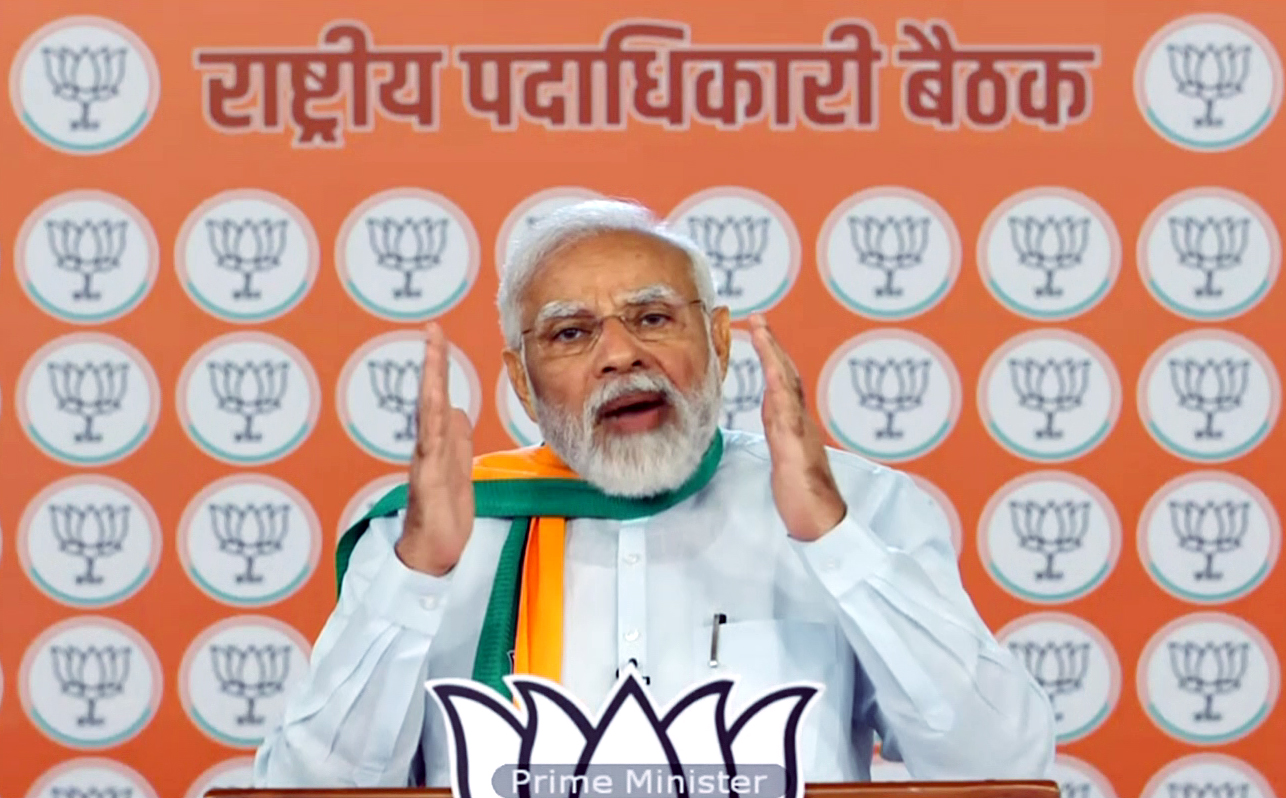There are occasions when involvement at the highest level is needed, even if not in public, in matters usually left to much lower levels. That stage has arrived where LAC-related negotiations between the Indian army and its Chinese counterpart are concerned. The reason is that the few concessions that the PLA is making are merely tactical, and do not affect in any appreciable manner its strategic objective of seeking a substantial portion of additional Indian territory on our side of the LAC. In August 2020, the PLA conducted a stealth operation designed to grab the heights south of Pangong Tso, now that they had occupied vantage points north of that strategically important body of water. Once given freedom of operation by PM Modi rather than be held back by the political establishment in the manner that was all too visible during previous regimes, Indian ground forces took control of vantage points on the Kailash Range situated south of the lake. Control of the Kailash heights ensured field dominance, including over Spanggur Tso, half of which is Indian, but is nevertheless occupied in its entirety by the PLA. Through the Spanggur Gap, the PLA can move light armour and artillery in a bid to capture Leh, the capital of Ladakh, which several PLA maps wrongly show as belonging to China. Control over the Kailash Heights boosted significantly our Army’s capability to block any such attempt by the PLA, and in the process defend Chushul and Leh against any PLA effort at capturing these locations. Xi seeks not just a third but a fourth term, and hence needs military successes. His intent for making kinetic moves has been made clear, not just by an acceleration of activity in the South China Sea or in the unprecedented PLA effort to intimidate Taiwan, but through their occupation of several points within the LAC two years ago, through diversion of forces from Xinjiang, as well as by the PLA’s substantial investment in logistics in the region, a factor explainable only in terms of an offensive and not a defensive operation plan. Given the overlay of influence GHQ Rawalpindi has on the senior command of the PLA concerning India, such moves should cause no surprise. Both the PLA as well as GHQ Rawalpindi seek to ensure that the Karakoram Highway is rendered beyond risk of interdiction by Indian ground forces. At the same time, the PLA is seeking to secure vantage positions in contested locations from where further PRC land grab efforts can get made, which could subsequently be taken advantage of by GHQ Rawalpindi. In 2020, Galwan was a target for PLA encroachment that was foiled through the bravery of our soldiers.
Re-establishment of Indian control over Depsang is essential for boosting the security of the region against any future PLA ground assault, which is why the Chinese side has declined to make even token concessions on this. The buffer zones that have been created since the status quo was disturbed by the PLA in April 2020 are mostly on the Indian side, and are no insurance against future PLA aggression. The withdrawal from Kailash Heights did not result in any move of corresponding magnitude from the Chinese side. The Kailash Heights were earlier abandoned by India during the 1962 Chinese invasion. Chushul and Leh are proclaimed objectives of the PLA, and control over the Kailash Heights remains important in such a context. Which is why this writer was not among those in ecstasy over the August 2021 agreement to withdraw from the heights. A year after promising to do so immediately after India withdrew its forces from the Kailash Heights, there is agreement over the Gogra-Hot Springs area. In any situation, Indian forces having field dominance over PP-15 is vital for securing adequate defensive positions. As former Lt-Gen Rakesh Sharma pointedly warned, “How much is the distance for the patrolling moratorium along Kurang Nallah at PP-15?” Through control of PP-15 and other key vantage points, the Indian Army needs to retain the capability of a swift and decisive response to any future adventurism by the PLA. How this strategic requirement has been met by the latest agreement between the two sides is not clear. Given the risks involved, what is imperative is for the nation’s highest level of leadership to step in to ensure that strategic essentialities are not given up in order to secure temporary forward tactical movement. Given the fact that prospects for a kinetic showdown between India and the PRC are high, Prime Minister Narendra Modi needs to have the decisive say in matters relating to border agreements with the PRC, exactly the way CCP General Secretary Xi Jinping has. Because of the diversion of his attention towards Taiwan, Xi is trying to try temporarily calm down Sino-Indian border tensions. The fact is that from the 1950s, the Chinese side has never made any serious effort at coming to an amicable resolution of border issues with India the way the PRC did with Russia and Myanmar under earlier leadership. Reality rather than misperceptions of benign intent need to be tackled. For this to happen, the involvement, even if not public, of PM Narendra Modi in Sino-Indian negotiations on the LAC is essential in order to strongly secure the national interest from future PLA aggression.
Madhav Das Nalapat
Only PM Modi can ensure an equitable settlement
- Advertisement -

